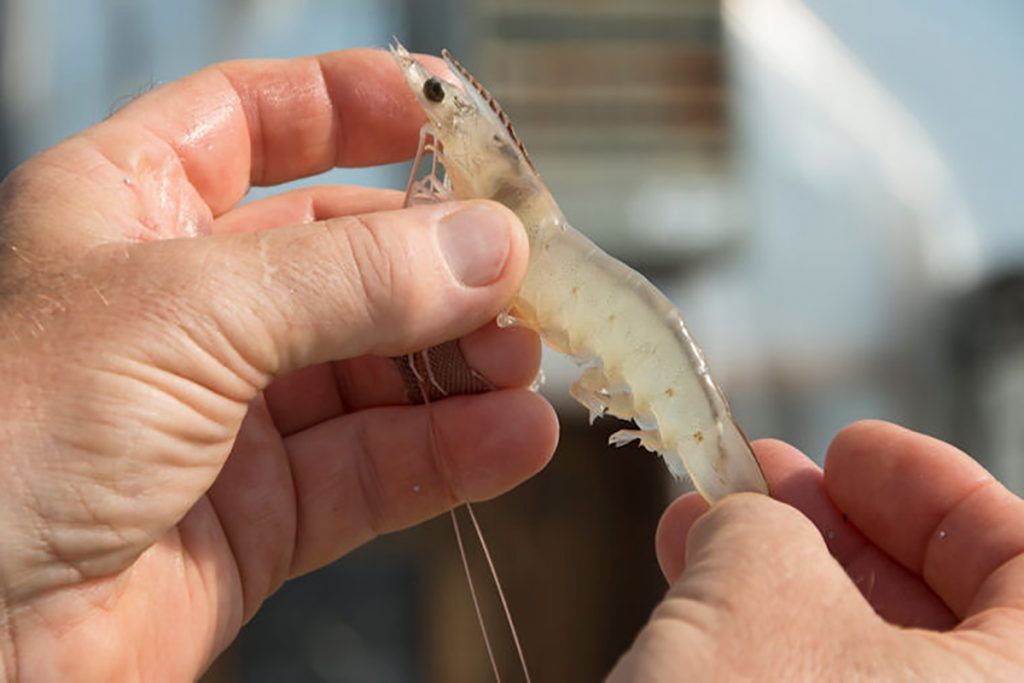In the last 10 years, farm-raised shrimp production grew 60% to meet world demand.
Now, more than 54% of all shrimp consumed in the world comes from farms.
Both figures were highlighted by Trans American Aquaculture, an aquaculture company that specializes in raising, developing and selling sustainably farmed shrimp for the global market.
The total value of the global shrimp trade in 2022 was $24 billion.
In addition, global farmed shrimp production in 2022 exceeded 4 million metric tons.
Farm-raised shrimp
Demand and production of farmed shrimp are at an all-time high.
Trans American Aquaculture reports that this demand is expected to grow at an annual rate of 6.72% through 2028.
During the Covid-19 pandemic, global growth stagnated, but in the United States imports increased 7.4% and global consumption grew 14% by the end of 2021.
Following the pandemic, production in Ecuador grew significantly, matching India in volume.
This balanced supply and demand, affecting prices.
However, demand for shrimp continues to increase, especially for premium products, which could raise prices.
Consumption
The largest consumers of shrimp are China, the United States and the European Union plus the United Kingdom.
China consumes 24% of the world’s shrimp, while the United States and the European Union consume 10% each.
Japan, the fourth largest consumer, prefers better quality shrimp.
The use of antibiotics in Indian shrimp has raised concerns in the European Union, which could affect exports.
Indian shrimp imports account for almost 40% of imports from both the European Union and the United States.
If they are reduced, regional prices could rise dramatically.
Here are world imports of frozen shrimp and prawns, including smoked, in millions of dollars:
- 2018: 15,200
- 2019: 17,800
- 2020: 16,700
- 2021: 20,800
- 2022: 23,000
- 2023: 19,900
The United States is the second largest importing market and the second largest consuming market for shrimp in the world, having consumed 1.6 billion pounds in 2021.
Most of the shrimp imported and consumed are of smaller varieties (<22 grams).

